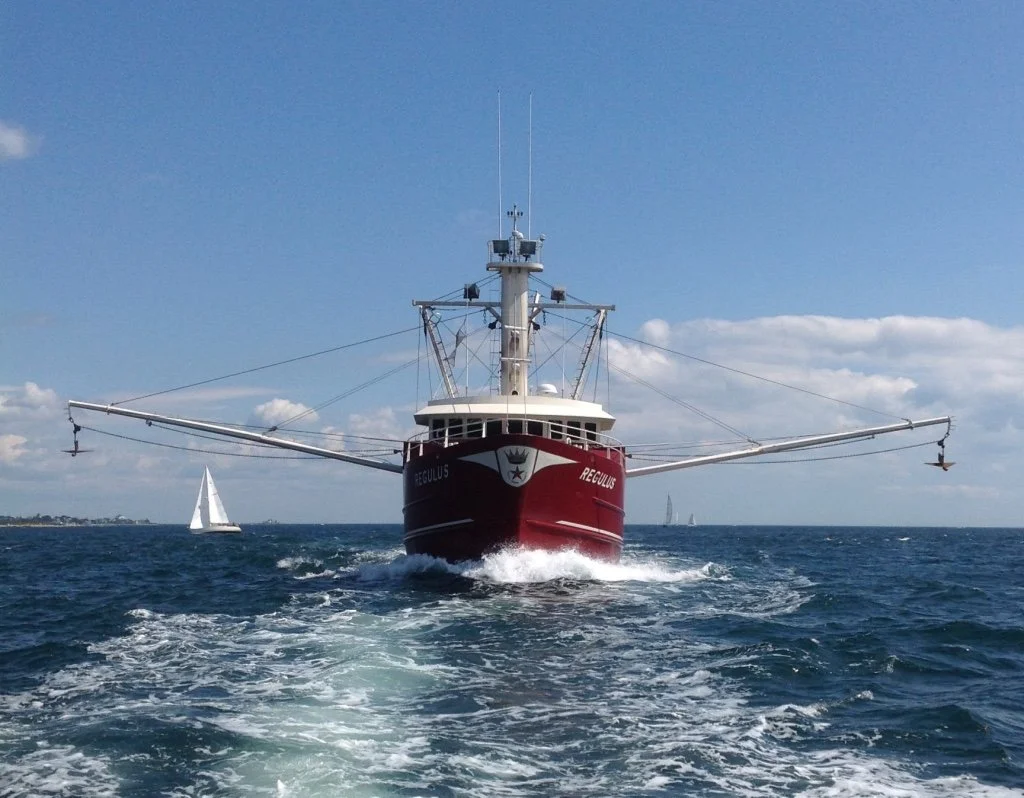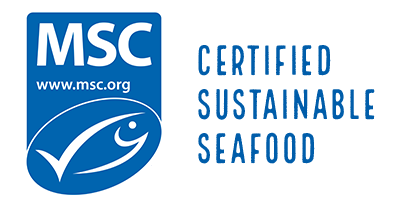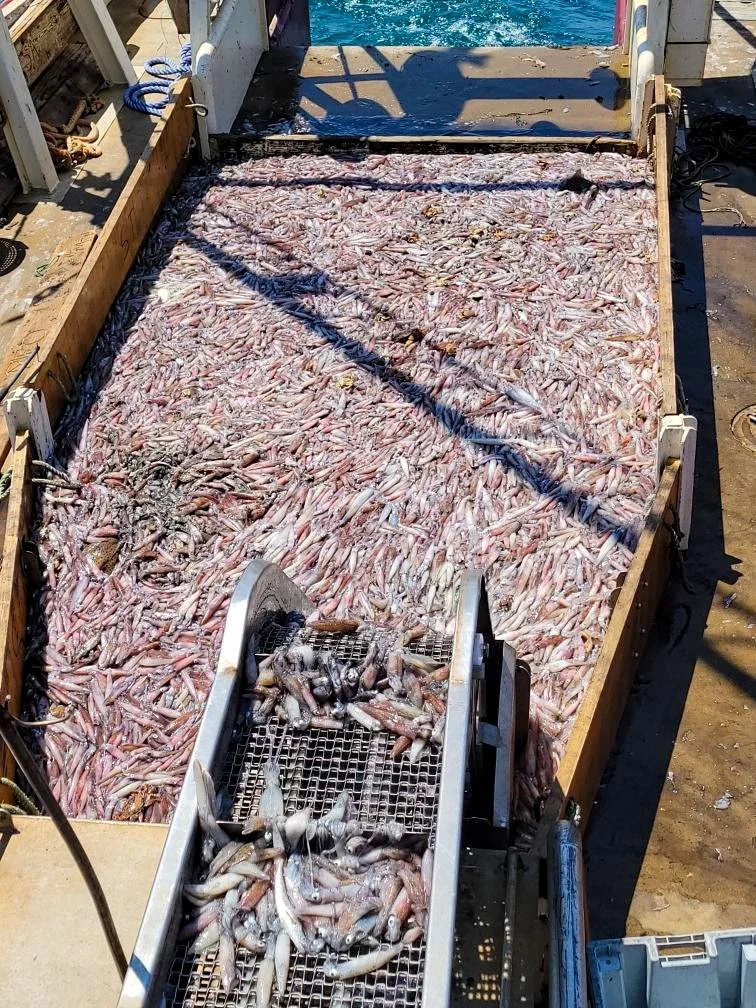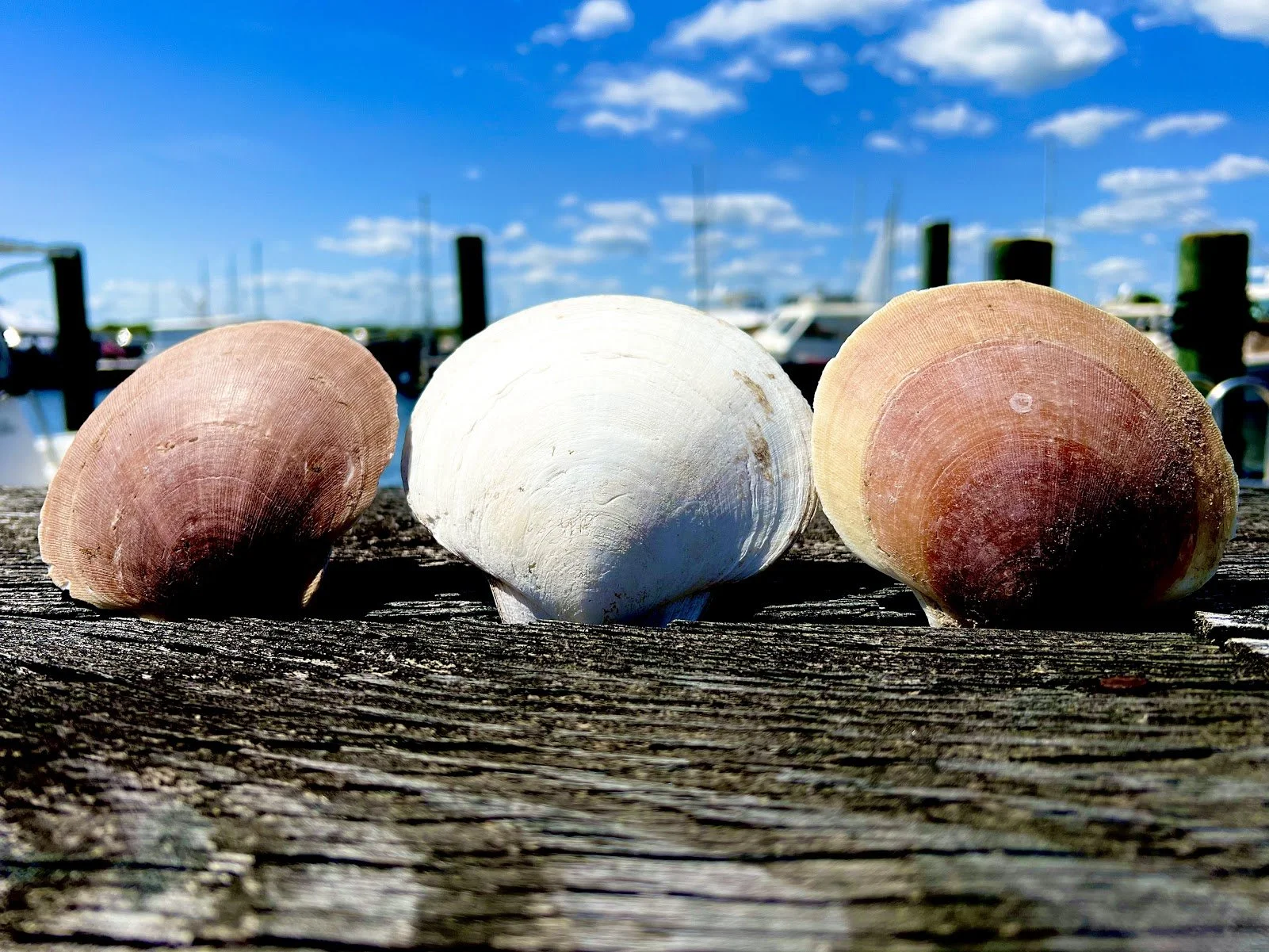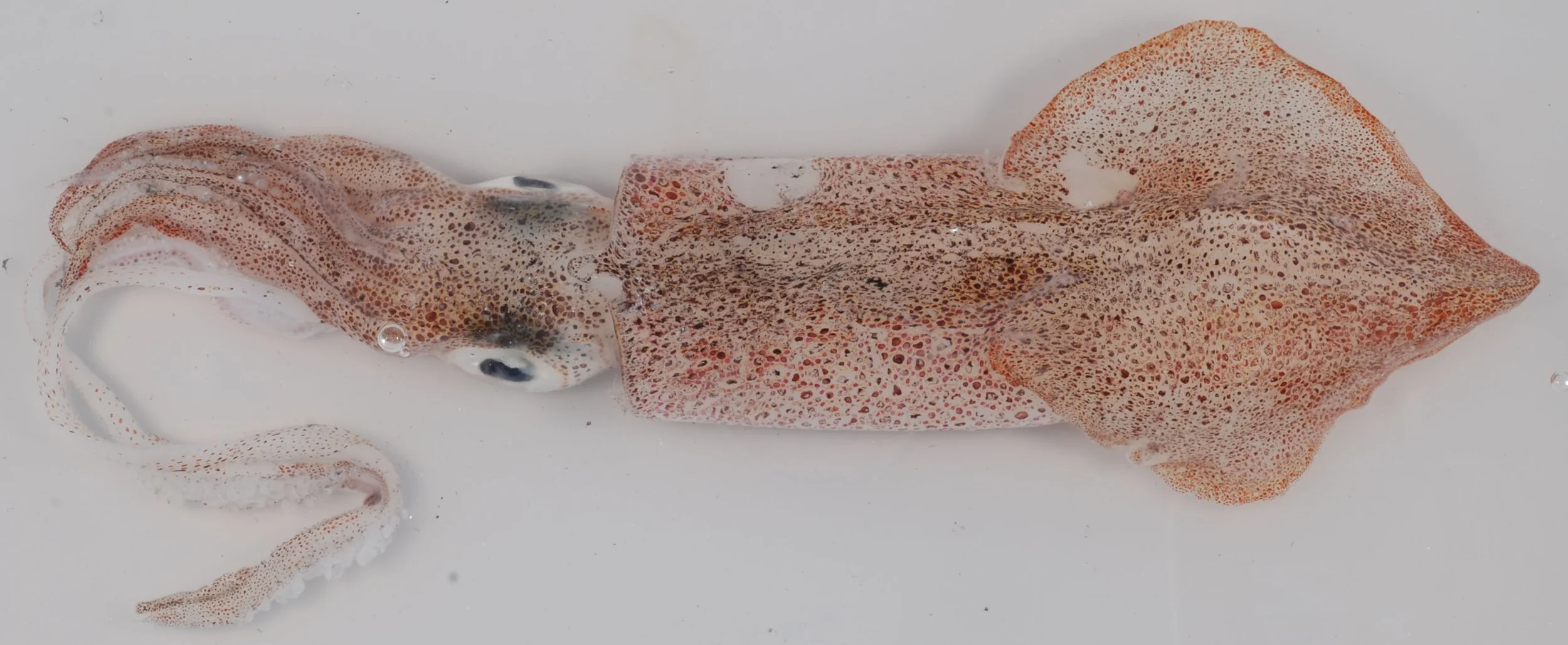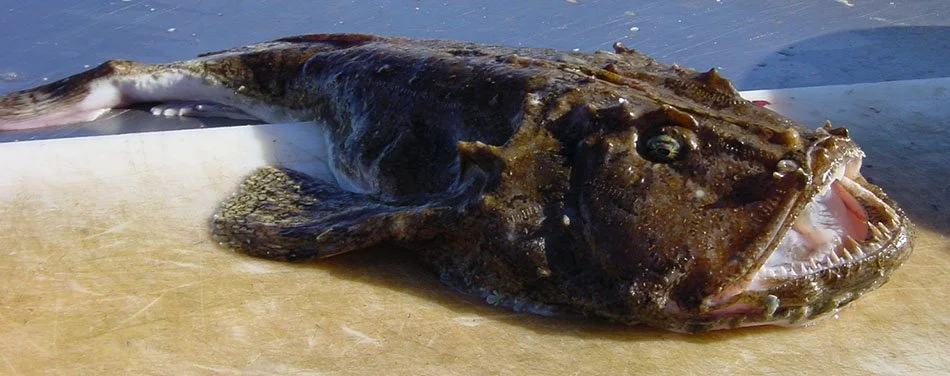STONINGTON’S ONLY SEA SCALLOP FLEET
Empire Fisheries
Empire Fisheries is a commercial fishing business out of the port of Stonington, CT. Our fleet of scallop and squid boats represent the largest commercial fishing operation in the state. While we are based out of Stonington, CT our boats travel and fish in federal waters along the New England coast and mid-Atlantic.
"Good science makes good policy and good policy makes good regulations." Joe Gilbert, Owner
Empire Fisheries partners with universities and foundations to conduct fisheries research. Our efforts to investigate and overcome challenges in an ever-changing environment have created positive results in our fishery and ocean ecosystems. We are proud that our fisheries are Marine Stewardship Council certified.
The Marine Stewardship Council (MSC), a global, science-based nonprofit, has been working for over 20 years to safeguard our seas for future generations.
When you choose certified sustainable seafood products that feature the MSC blue fish label, each product purchased supports well-managed, sustainable fisheries working hard to protect the marine environment.
Our Crew
FISHING IS REWARDING BUT HARD WORK, TOO!
Fishermen possess a broad skill-set and persevere through the most difficult of circumstances to perform their duty. Our fishermen stay away from home for up to fifteen days. We are proud of our hard-working fishermen and the important work they do to bring fresh, sustainably harvested food to our communities.
Our Catch
1. Sea scallops (Placopecten magellanicus): are harvested from the continental shelf from Virginia to Maine in depths ranging 20-50 fathoms (120-300 feet). Scallops are harvested with rakes and gear is typically handled over the side of the boat. The crew on our boats shuck all the scallops at sea and land a market-ready product.
2. Squid: The squid fishery is conducted on the continental shelf from North Carolina to Eastern Georges Bank. Squid is found in water depths from 10 to 120 fathoms (60 to 720 feet).
3. Monkfish: The commercial monkfish fishery in the U.S. operates from Maine to North Carolina out to the continental margin.
4. Fluke: Fluke are a flatfish with both eyes on the left side of the body. Females live up to 20 years and weigh about 20 pounds, while males rarely pass 7 years or 5 pounds.
5. Black Sea Bass (Centropristis striata): is a species of marine ray-finned fish. Black Sea Bass is found in the western Atlantic Ocean where it is an important species for commercial and recreational
fisheries.
All of our fisheries are “considered a smart seafood choice because they are sustainably managed and responsibly harvested.”
Source: NOAA
Photo Credit: Empire Fisheries
sea scallops
The Atlantic sea scallop fishery primarily operates along the Atlantic coast from the Mid-Atlantic to the US/Canada border.
For More Information, please click the image belowSHORTFIN SQUID
U.S. wild-caught shortfin squid is a smart seafood choice because it is sustainably managed and responsibly harvested under U.S. regulations.
LONGFIN SQUID
U.S. wild-caught longfin squid is a smart seafood choice because it is sustainably managed and responsibly harvested under U.S. regulations.
For more information, please click the image belowMonkfish
Monkfish have mottled dark brown to olive-green skin on top and whitish skin underneath.
For more information, please click the image below
FLUKE
The summer flounder fishery in the U.S. operates from Maine to the North Carolina/South Carolina border. Summer flounder is one of the most sought after commercial and recreational fish along the Atlantic coast. Summer flounder is found in inshore and offshore waters from Nova Scotia, Canada, to the east coast of Florida.
For More Information, please click the image belowScup
Scup also known as Porgy, Maiden, Fair maid, Ironsides, Northern porgy, scup fishery in the U.S. operates from Maine to Cape Hatteras, North Carolina. Scup undergo an extensive migration between coastal waters in the summer and offshore waters (outer continental shelf) in winter.
Article by: NOAA
For More Information, please click the image below
